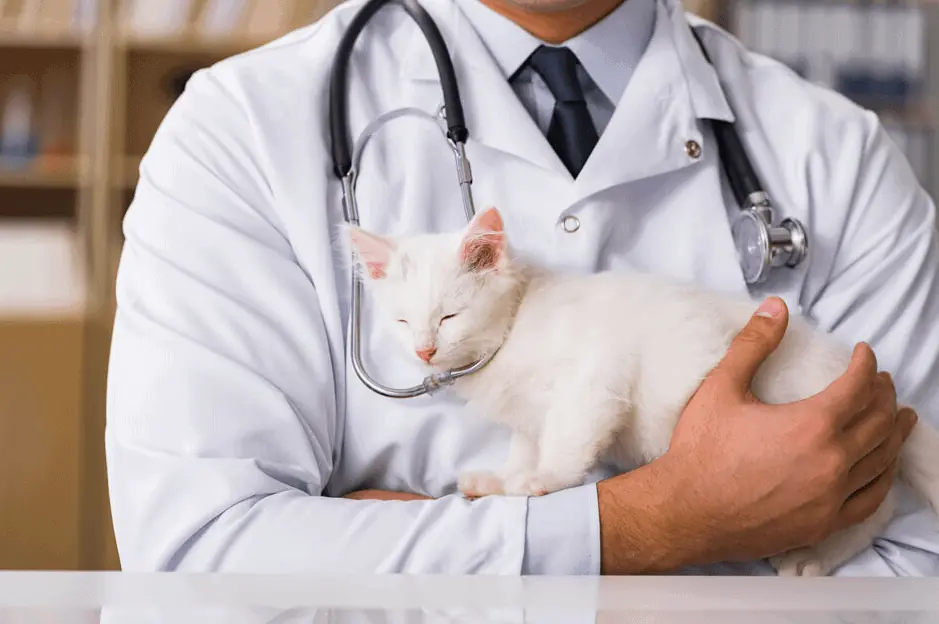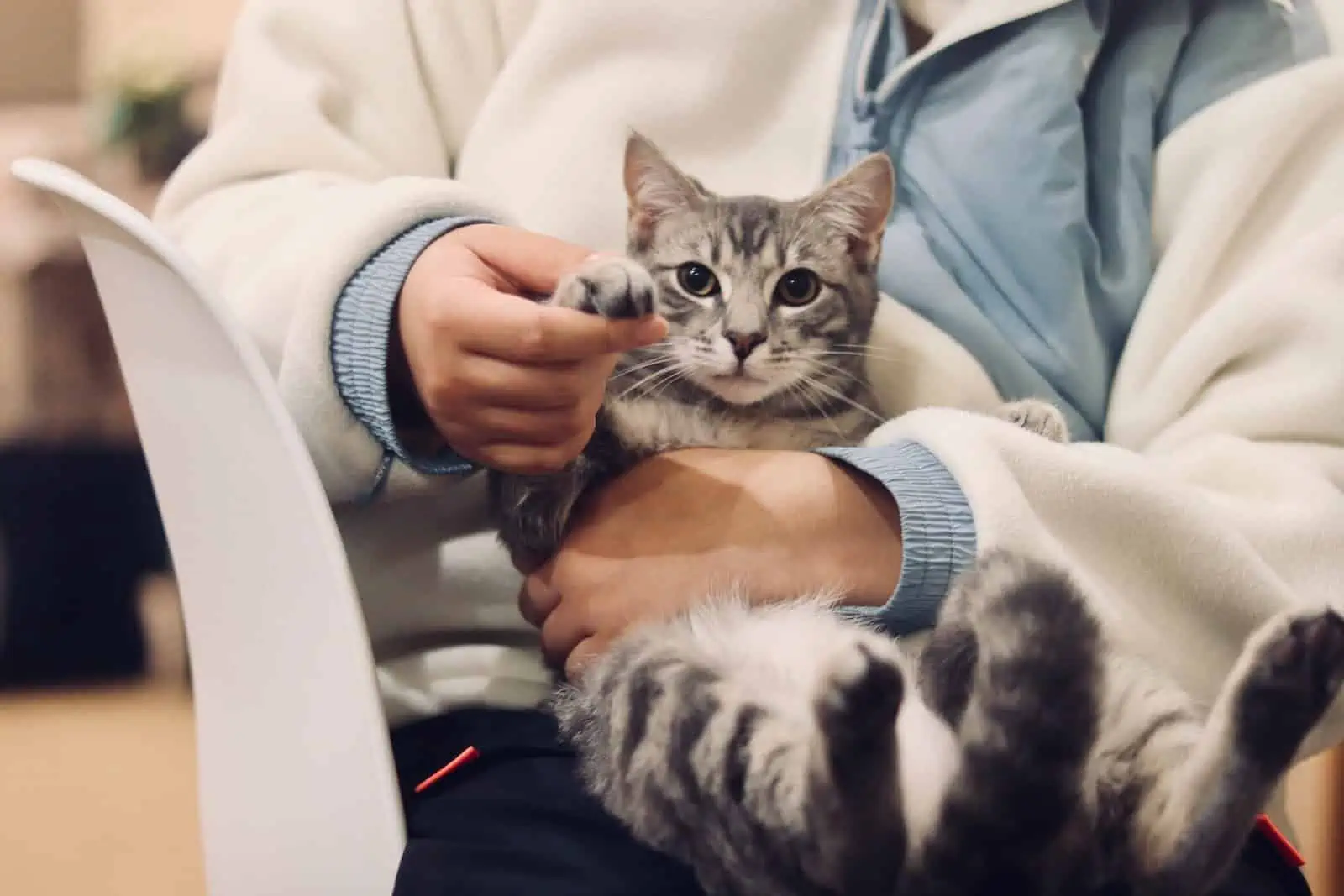As a dog owner, it’s not uncommon to find your furry companion munching on objects they shouldn’t. However, this seemingly harmless behavior can lead to a serious condition known as bowel obstruction. In this comprehensive guide, we will explore the causes, signs, treatment options, and preventive measures associated with bowel obstruction in dogs. By understanding the risks and taking proactive steps, you can ensure the well-being and health of your canine companion.
What is Bowel Obstruction?
Bowel obstruction occurs when the stomach of a dog becomes partially or fully blocked, obstructing the normal passage of food and water. This section will delve into the mechanisms behind bowel obstruction, highlighting the potential consequences, including dehydration, malnourishment, electrolyte imbalances, and intestinal damage or perforation.
Common Causes of Bowel Obstruction
Dogs have a knack for ingesting various household items, some of which can lead to bowel obstruction. This section will outline the common culprits, such as socks, underwear, bones, corn cobs, fruit pits, string, floss, and tampons. Additionally, we will explore other causes of bowel obstruction, including intestinal masses, severe intestinal inflammation, severe constipation, and intussusception.
Signs and Symptoms of Bowel Obstruction in Dogs
Recognizing the signs and symptoms of bowel obstruction is crucial for early detection and prompt treatment. This section will provide an in-depth look at the common indicators, such as vomiting, diarrhea, lethargy, loss of appetite, and weight loss. It’s important to note that dogs with partial obstructions may exhibit these symptoms with varying severity or intermittently.
Dog Bowel Obstruction Treatment
The appropriate treatment for bowel obstruction in dogs depends on the underlying cause and the severity of the condition. In this section, we will discuss the treatment options available. We will cover the importance of seeking veterinary consultation and diagnosis, as well as the non-surgical management techniques that may include inducing vomiting or allowing for natural passage. Surgical intervention, postoperative care, and the potential removal of necrotized intestinal tissue will also be explored.
Assisting Your Dog in Passing the Obstruction
In some cases, dogs may be able to pass the obstruction naturally, depending on the size and nature of the ingested object. This section will provide guidance on how to assist your dog in passing the obstruction safely. Techniques such as gentle massage and promoting healthy bowel movement will be discussed. It is essential to exercise caution and discontinue any assistance if your dog displays distress or worsened condition.
Preventing Bowel Obstruction in Dogs
Prevention is always better than cure, especially when it comes to bowel obstruction in dogs. This section will provide practical tips and preventive measures to minimize the risk of bowel obstruction in dogs. By implementing the following strategies, you can create a safer environment for your canine companion:
- Managing Household Items: Keep your dog’s access to trash restricted by using dog-proof containers and keeping trash cans covered. Be mindful of items that could be within your dog’s reach and potentially swallowed.
- Choosing Safe Toys and Treats: Supervise your dog during playtime and remove any toys that are falling apart or have small parts that can be easily ingested. Avoid giving bones as treats, or if you do, ensure they are appropriate and safe for your dog’s size and chewing habits.
- Supervising and Training: Keep a close eye on your dog, especially in situations where they may be prone to ingesting objects. Train them to “leave it” or “drop it” commands to prevent them from picking up potentially hazardous items.
- Creating a Dog-Friendly Environment: Maintain a clean and clutter-free living space, especially countertops and floors. Store items out of your dog’s reach and be mindful of objects that could be easily grabbed or knocked over.
By implementing these preventive measures, you can significantly reduce the risk of bowel obstruction in your dog and provide them with a safer living environment.
Conclusion
Bowel obstruction in dogs is a serious condition that requires immediate attention and proper treatment. By understanding the causes, recognizing the signs and symptoms, seeking veterinary care promptly, and implementing preventive measures, you can safeguard your dog’s health and well-being. Remember, early intervention is key, and prevention is always the best approach. By following the guidelines and tips provided in this article, you can minimize the risk of bowel obstruction and potentially save your beloved pet’s life.








